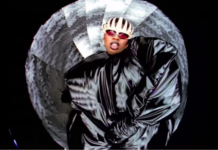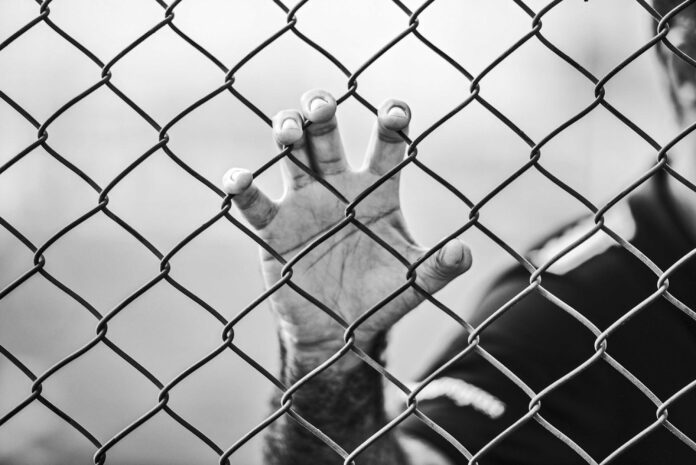By Joshia Bates
COVID-19 highlighted the racial disparities in the U.S. justice system, according to a new report.
The Black population in U.S. prisons increased while the overall population decreased by record numbers, according to a recently published study by the Justice Collaboratory at Yale Law School.
The report shows that in 2020, the overall prison population decreased by 17.3%. However, the percentage of Black incarcerated people increased during the summer months of 2020 and peaked in December 2021 at around 1% higher than 2019.
Essentially, while more white people were being released from prison, more Black and brown people were going to prison in the year after the pandemic started.
“People look at the [percentage] increase and can say it’s not a big deal but we know that 1% is tens of thousands of Black individuals that are affected by this,” Elizabeth Hinton, a professor at Yale and the lead author of the study, told theGrio.
The study noted the increased racial disparity, “exists across prison systems in nearly every state and reverses a decade-long trend before 2020 and the onset of COVID-19, when the proportion of incarcerated white people was increasing amid declining numbers of incarcerated Black people.”
Several states were in the midst of a significant decline in their Black prison population but experienced an increase after March 2020. In Kentucky, it went up 6.5%. In Washington and Texas it went up 3.4% and 2.3%, respectively. In Florida, that same population went up 1.8%.
Candice Jones, who runs the Public Welfare Foundation, which provides funding for grassroots and community-led criminal justice reform programs, recalls the level of anxiousness and fear some of the organizations that work with the prison population had.
“One of the fastest rates of [COVID-19] spreading was in congregate care settings and we know prison is a big congregate care setting,” Jones told the Grio. “This was before the vaccination. There was no way to control the spread in those settings. We were not adequately protecting people’s lives in congregate care.” A congregate care setting is where a large group of people must gather in close proximity.
The increase in the Black population inside prisons during COVID-19 is interesting to analyze compared to what happened on the outside as well. When social distancing guidelines were in place, data shows that Black people were disproportionately targeted by law enforcement for violating those rules as well as other alleged crimes.
Researchers for the study found sentencing to be the driving force behind the disparities. “The public policy implications really lie in the way that we sentence and the fact that we know that Black defendants receive on average 20% longer sentences for the same crimes as their white counterparts,” Hinton said. “This study is the result of massive data collection that reveals the consequences of that.”
Hinton notes that the numbers are beginning to stabilize and the incarceration rates are on a downward trend. Still, the slight increase likely undid some of the progress that was being made in the years prior to the pandemic.
Jones said the study shows the overall failure of the American prison system and adds that “There’s still work to be done as far as reform.”
Source: Thegrio
Image: Milad Fakurian/Unsplash

































